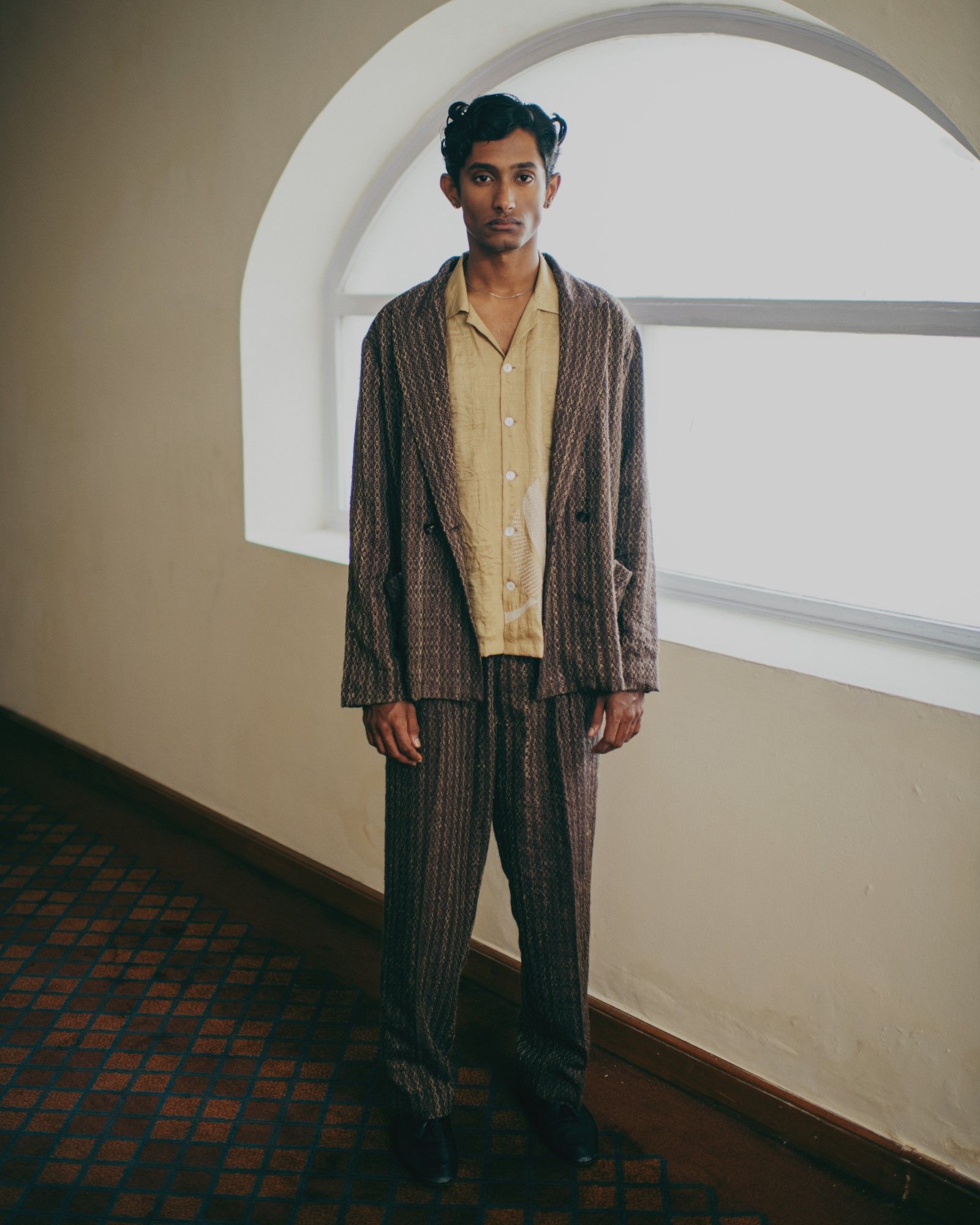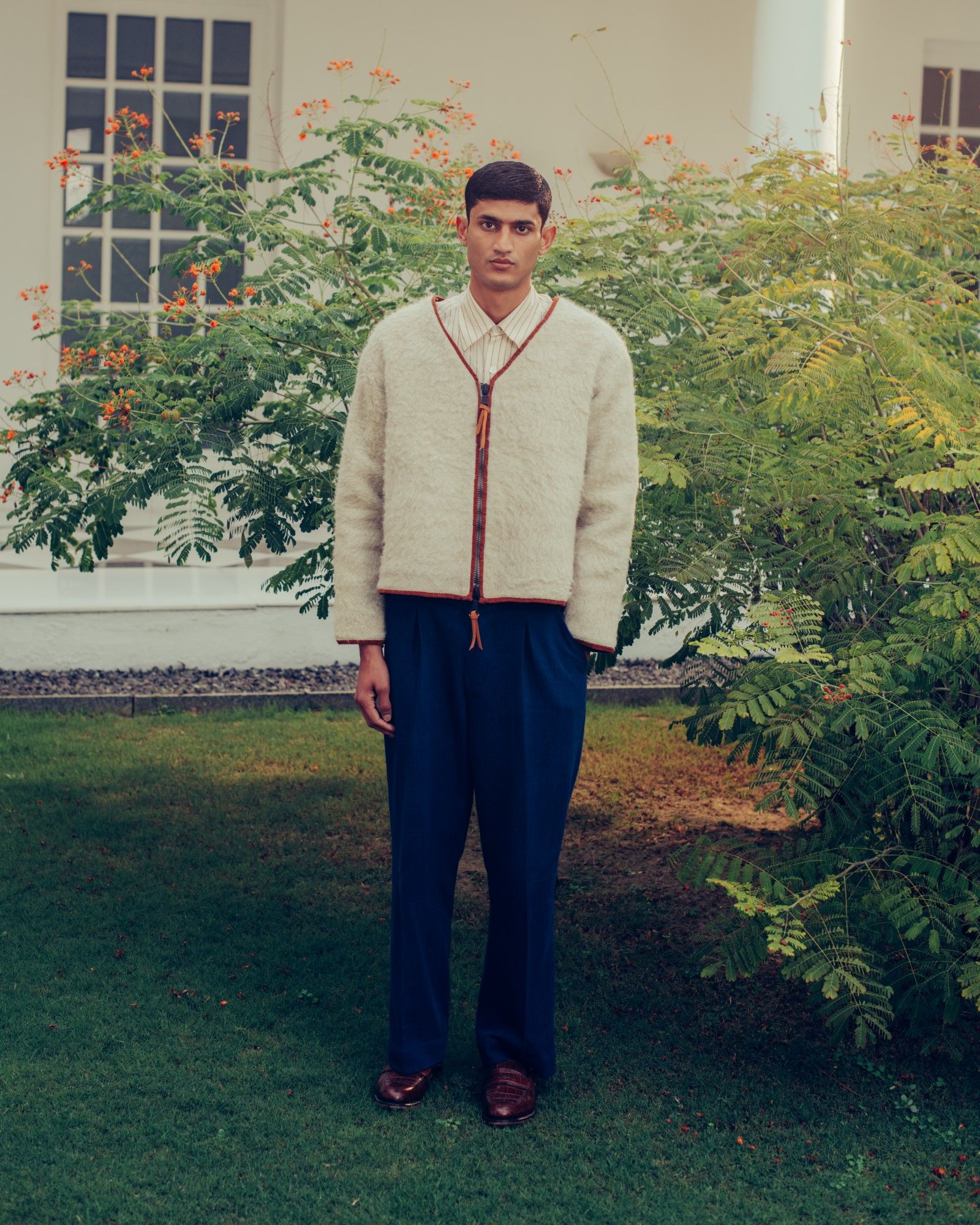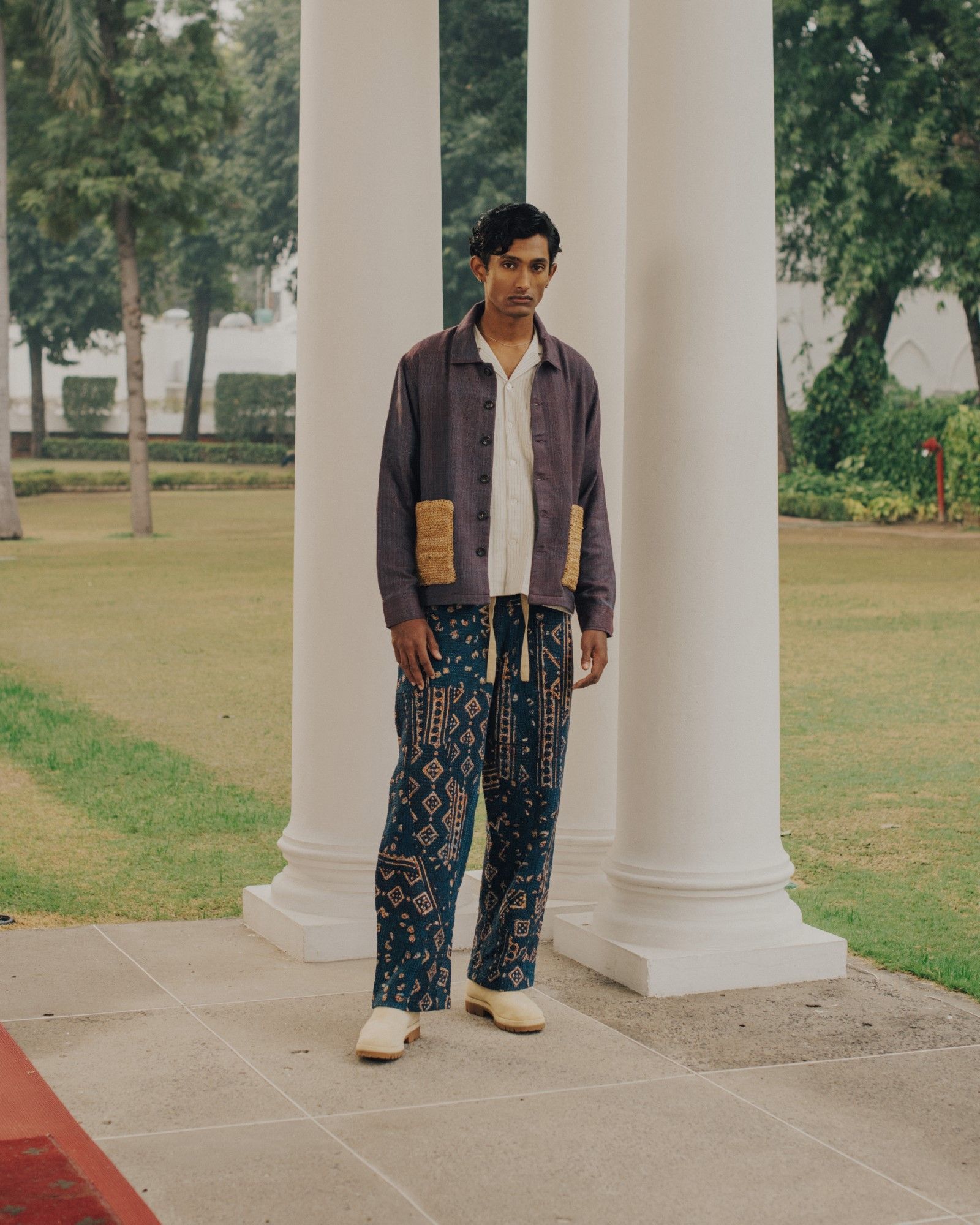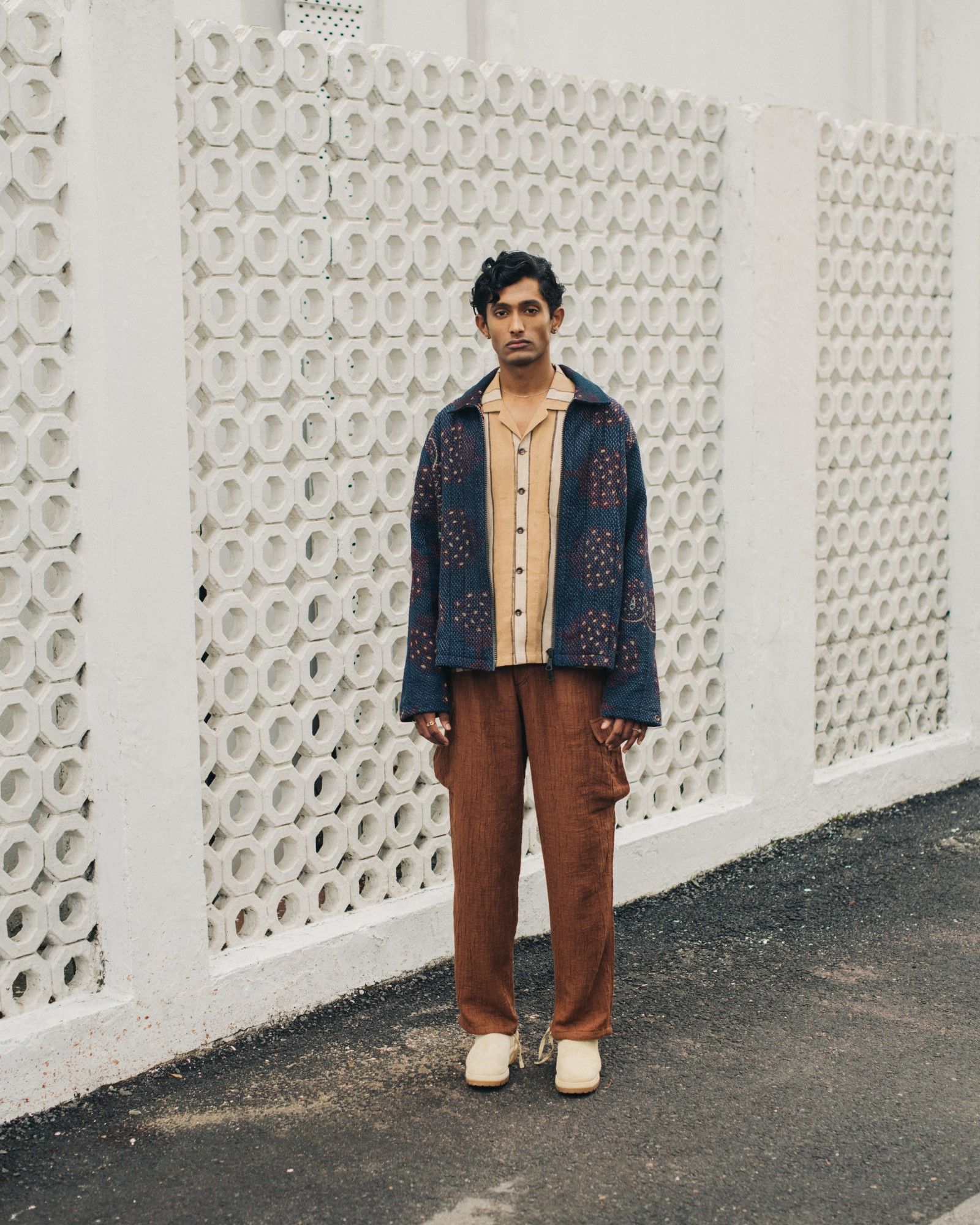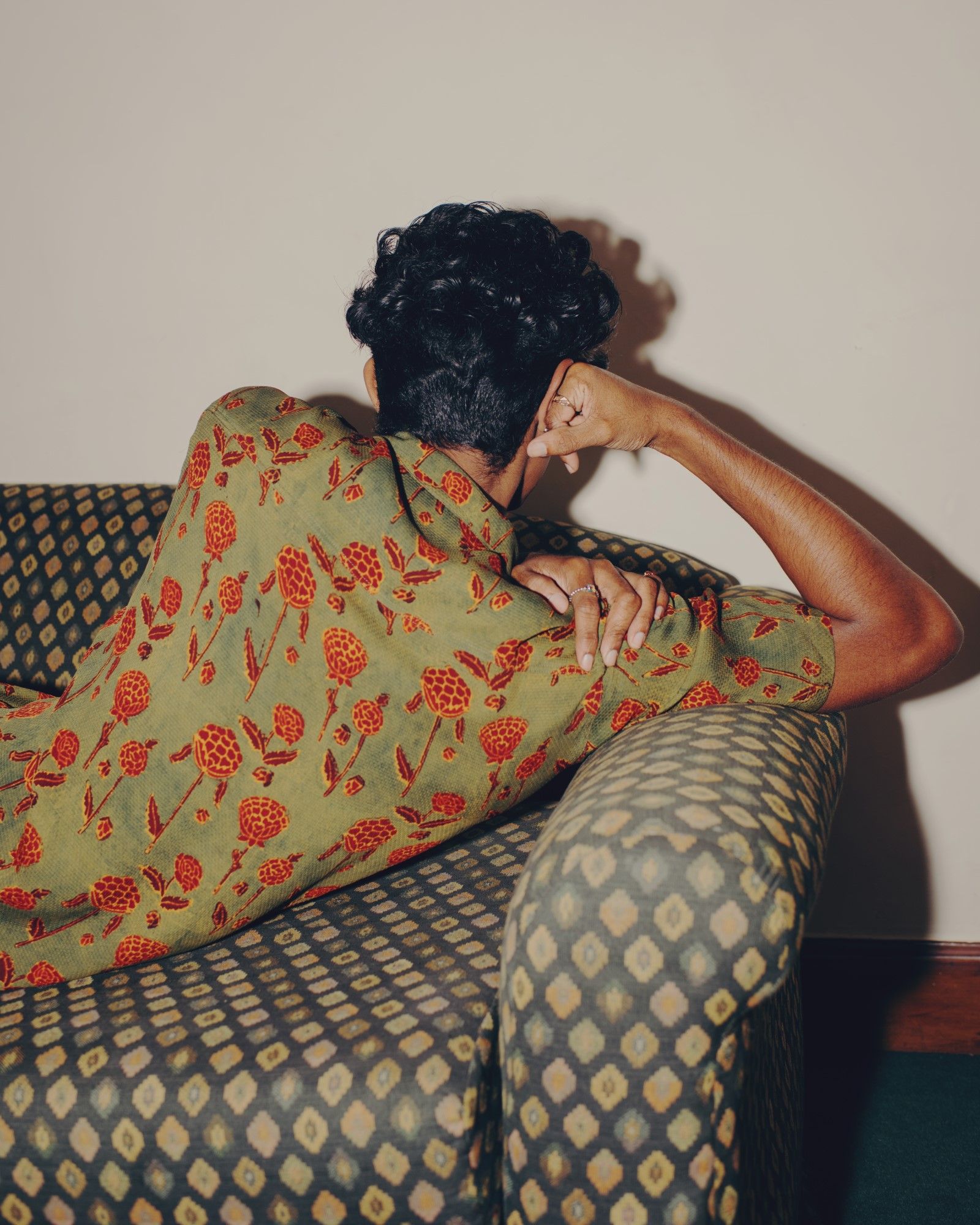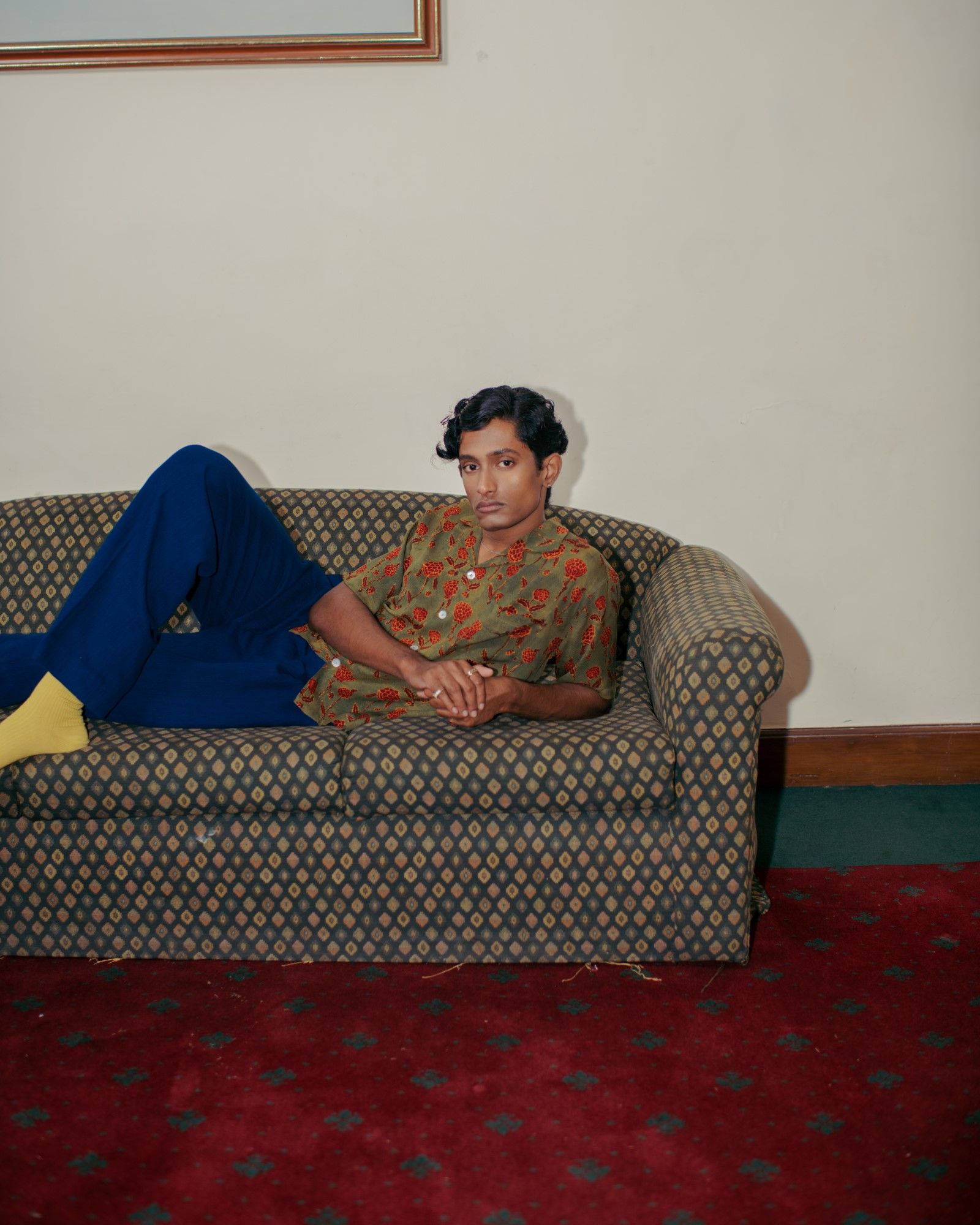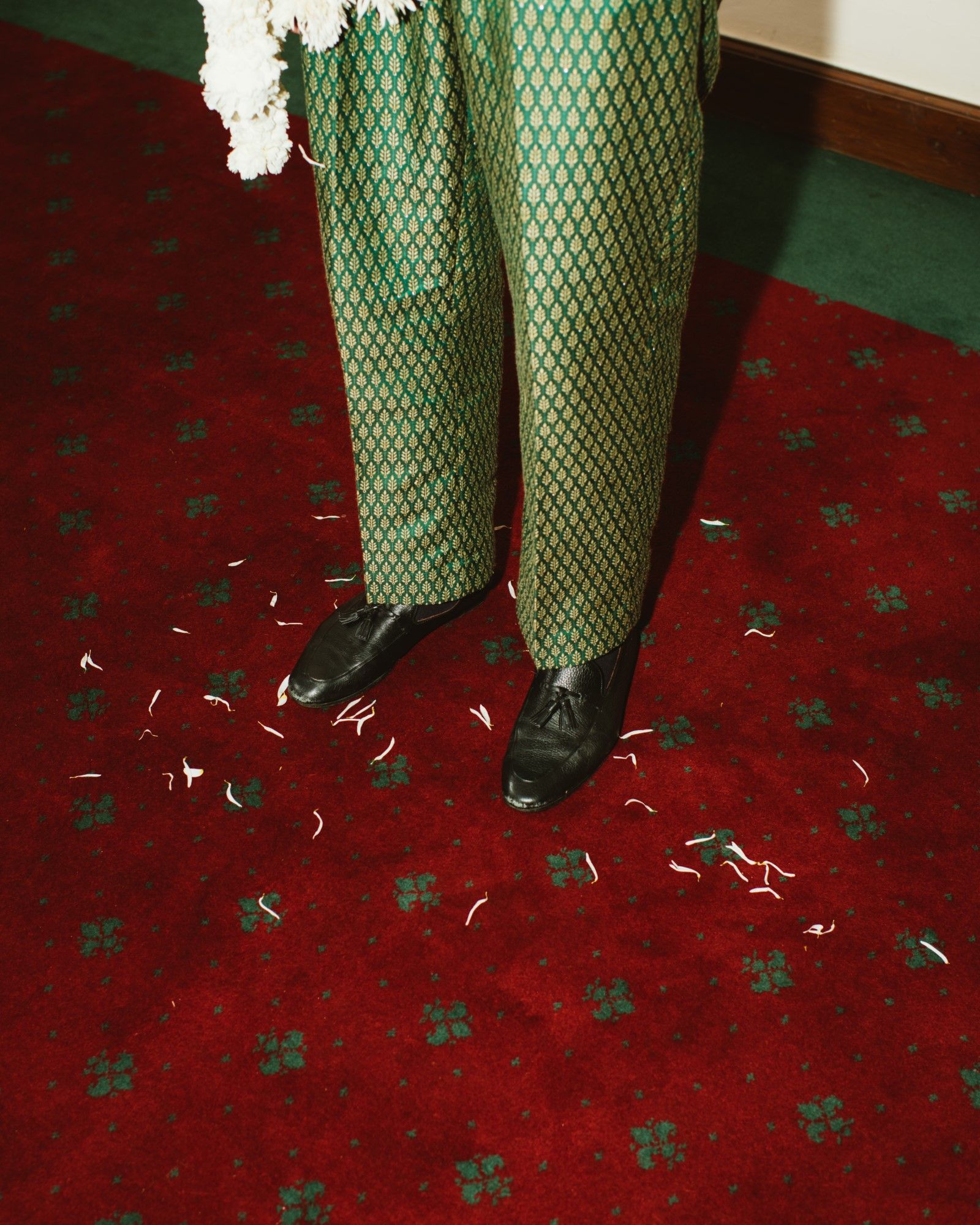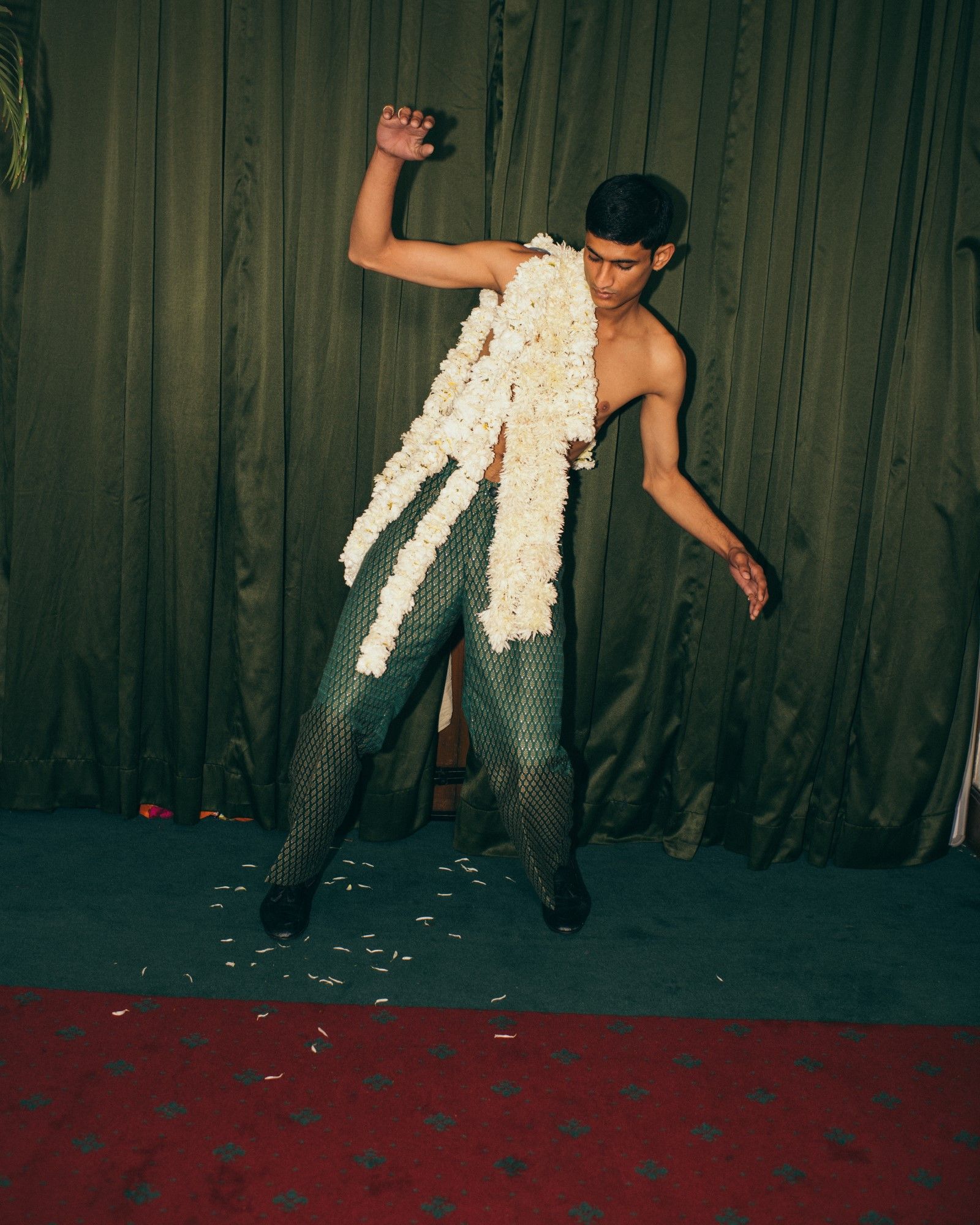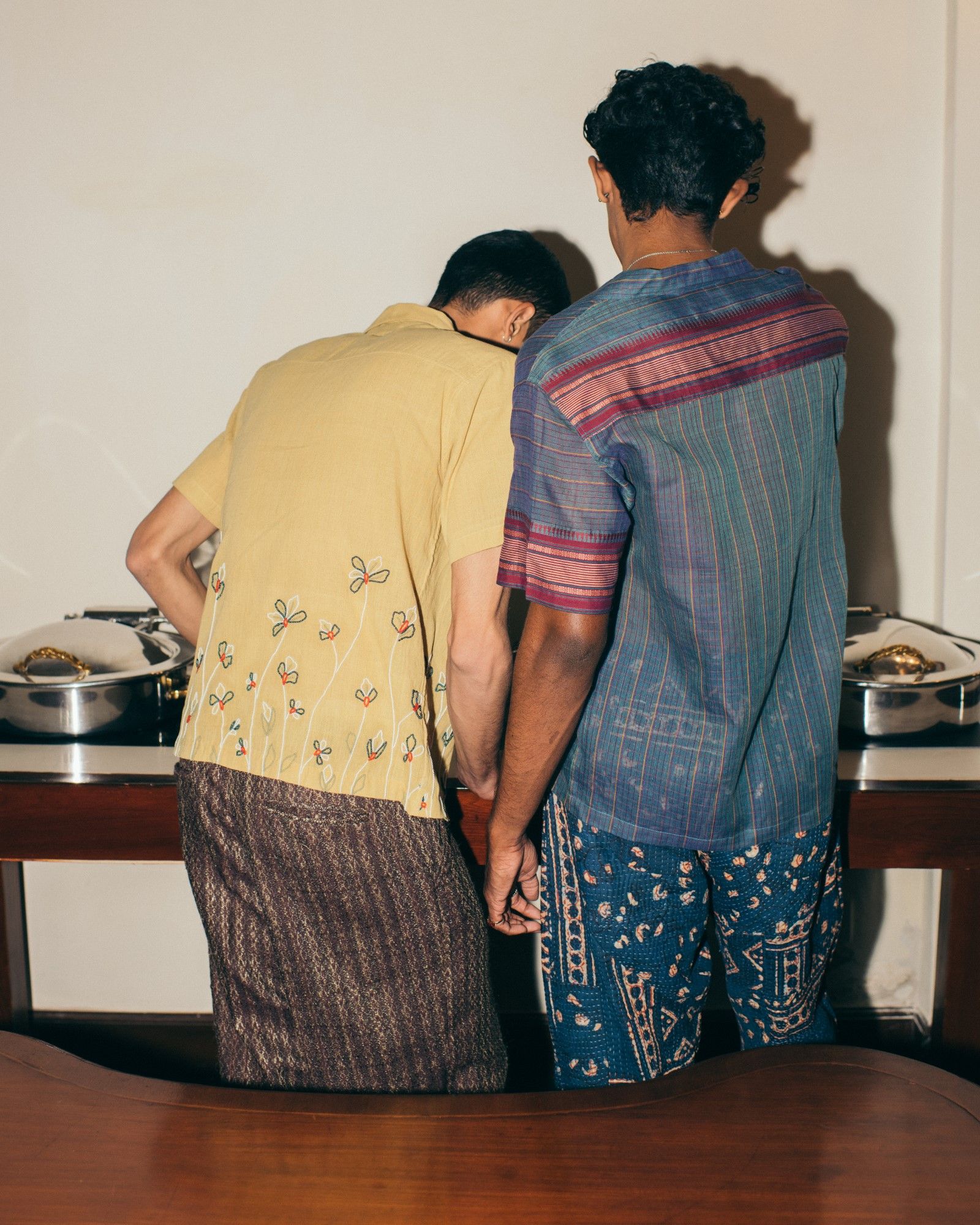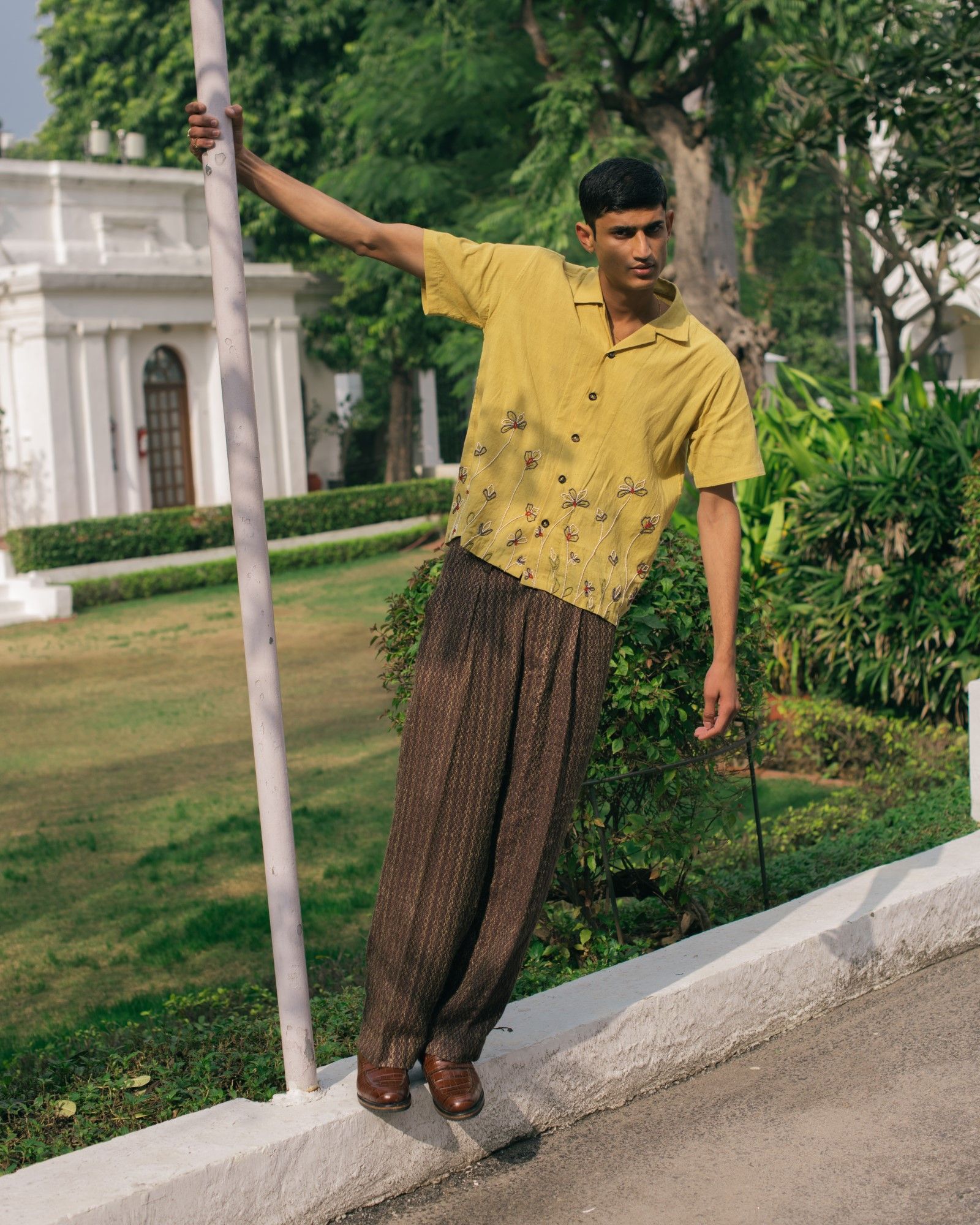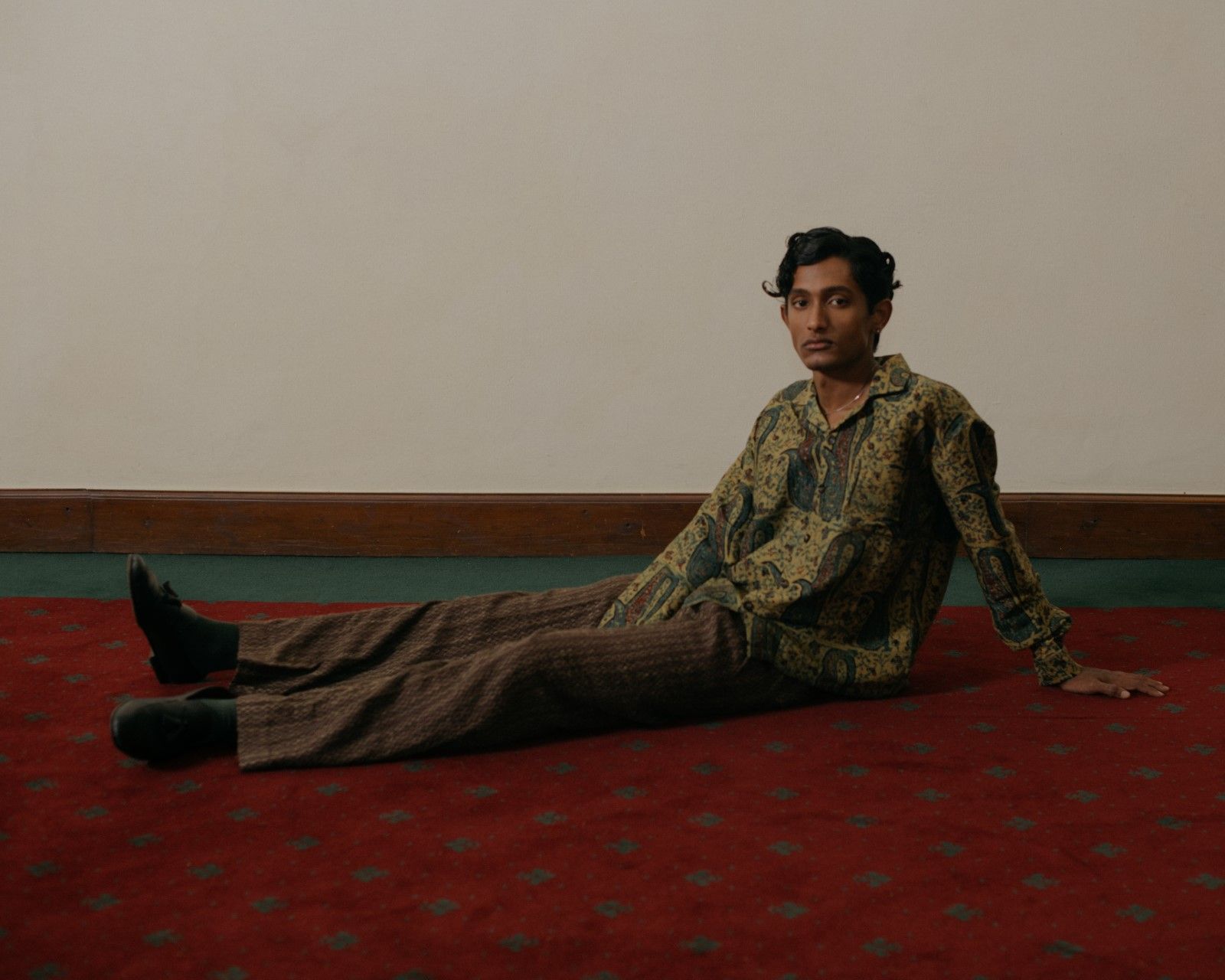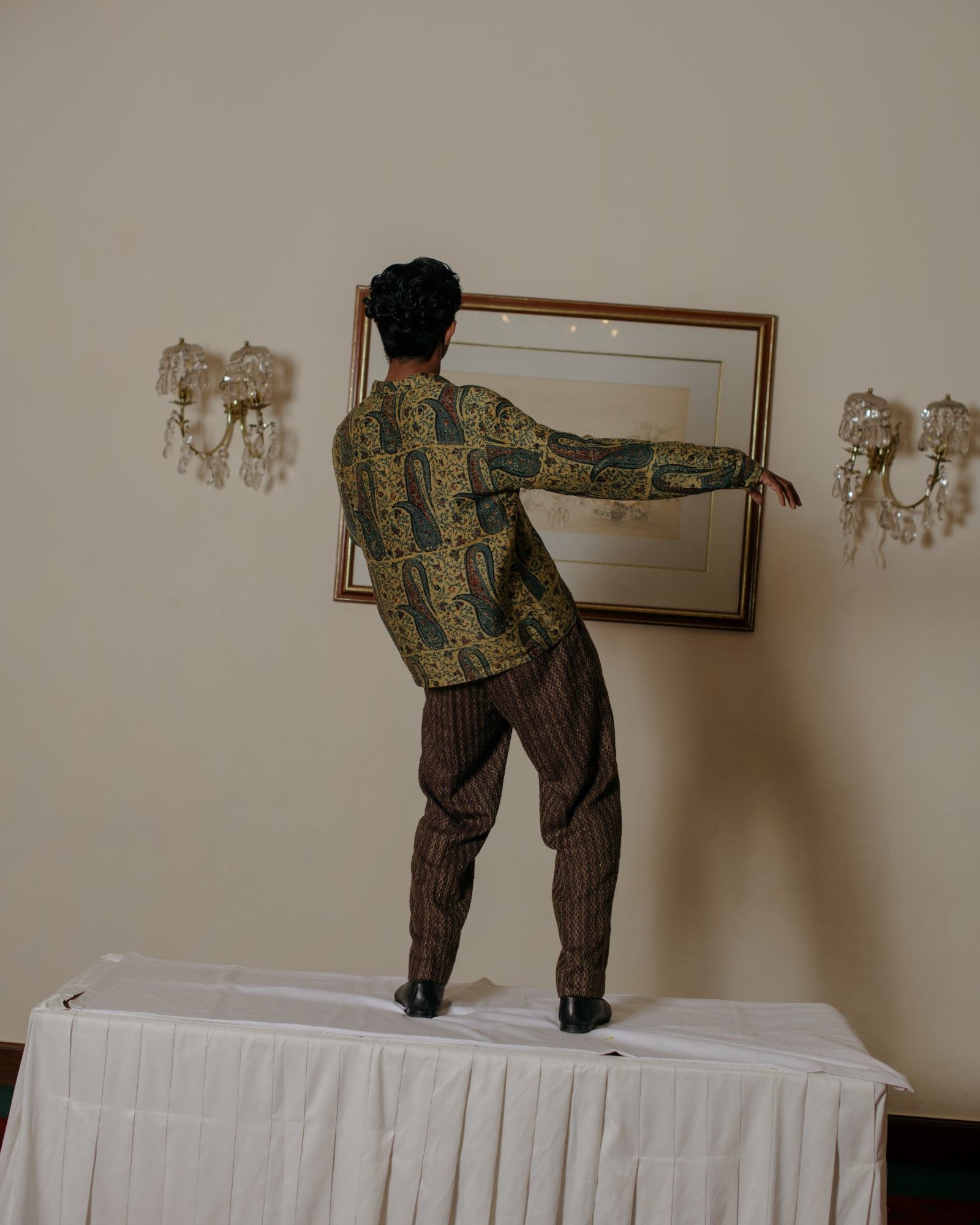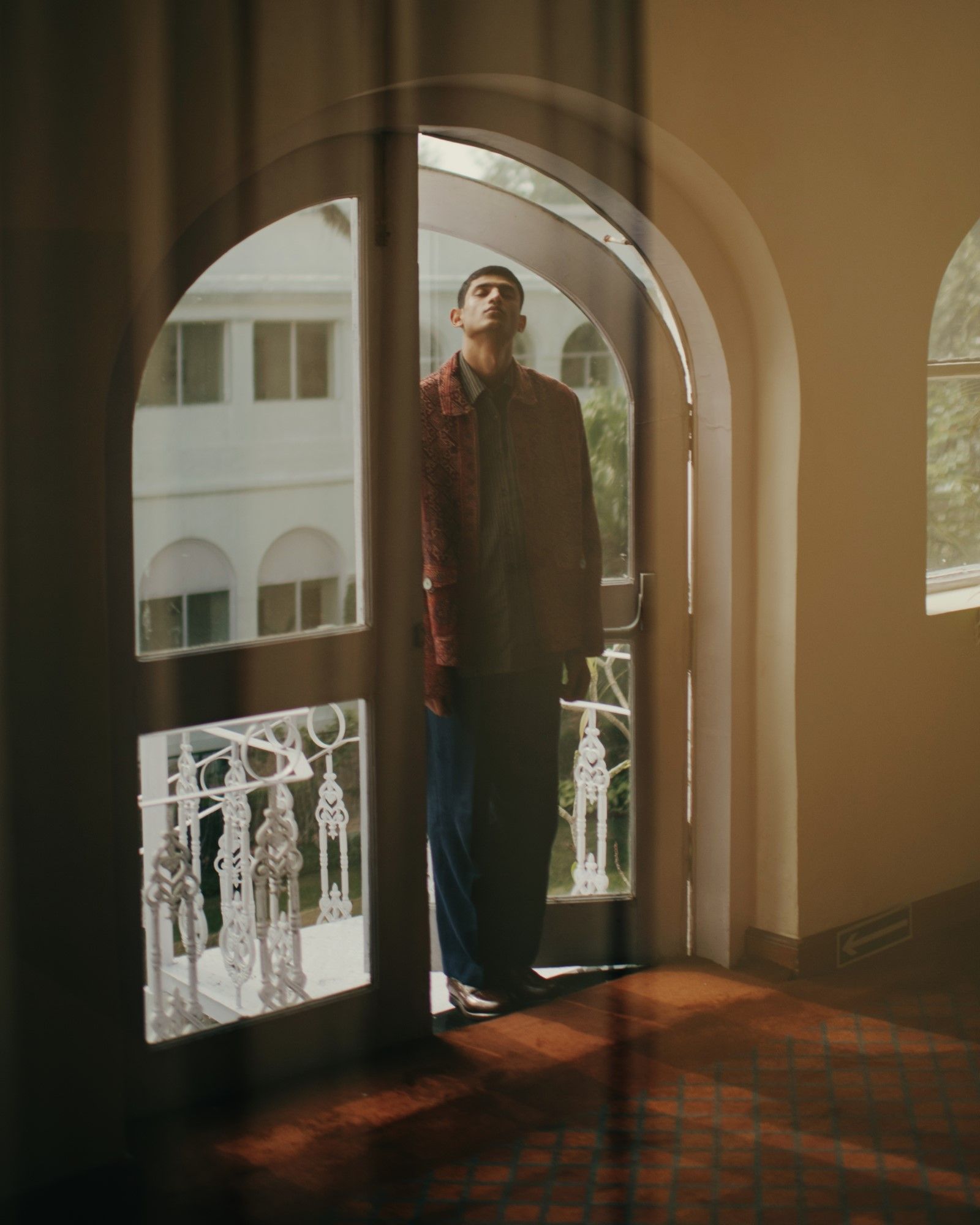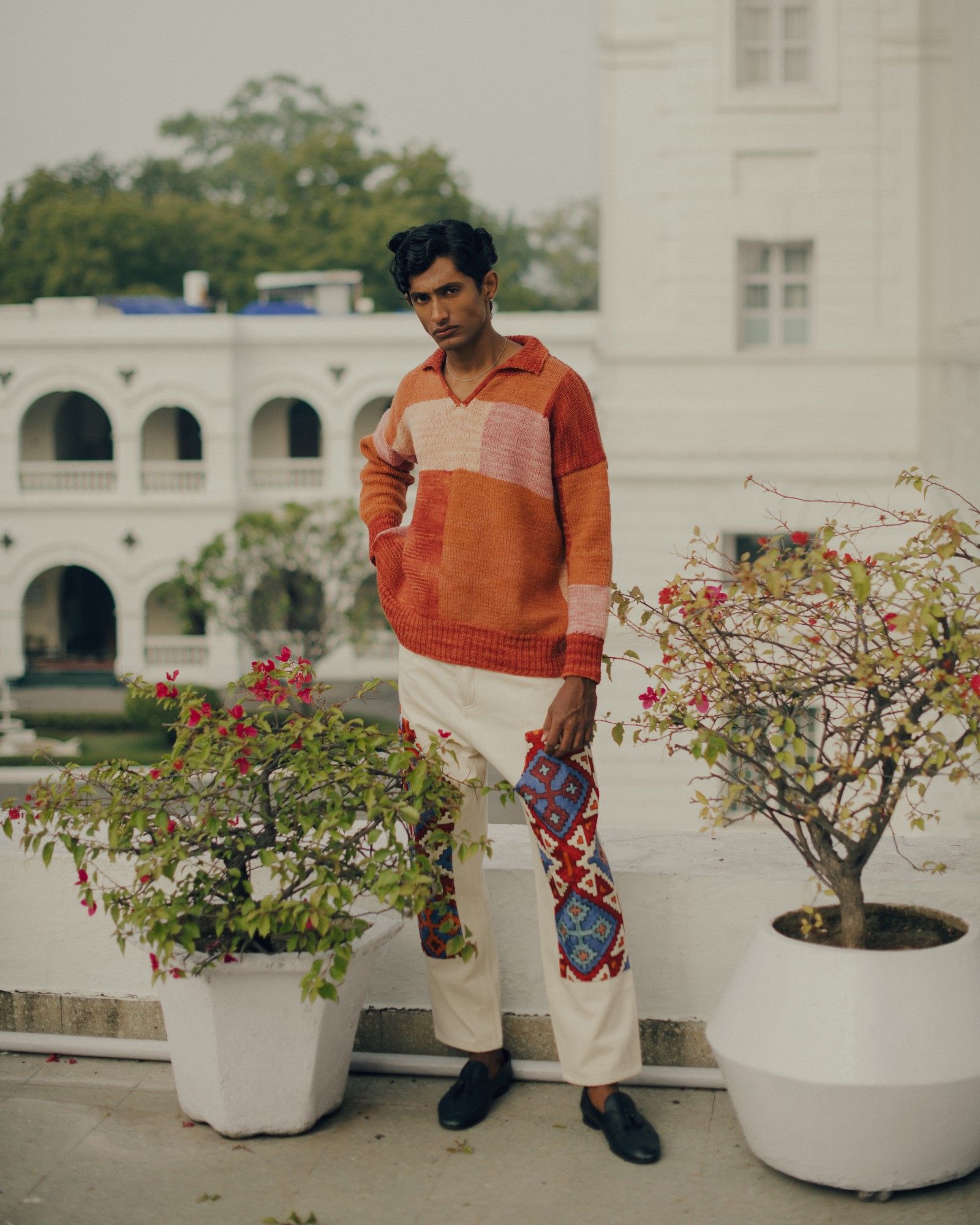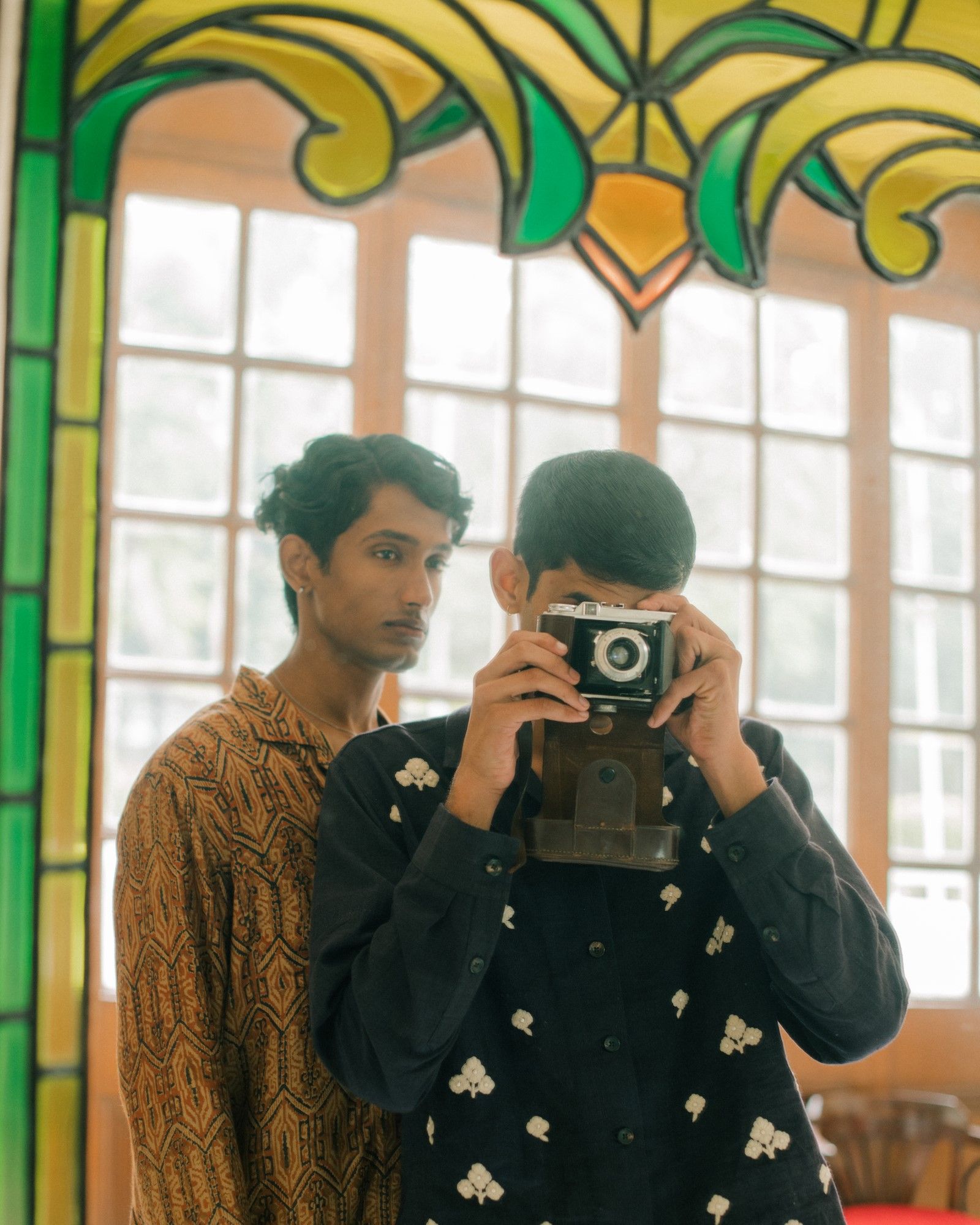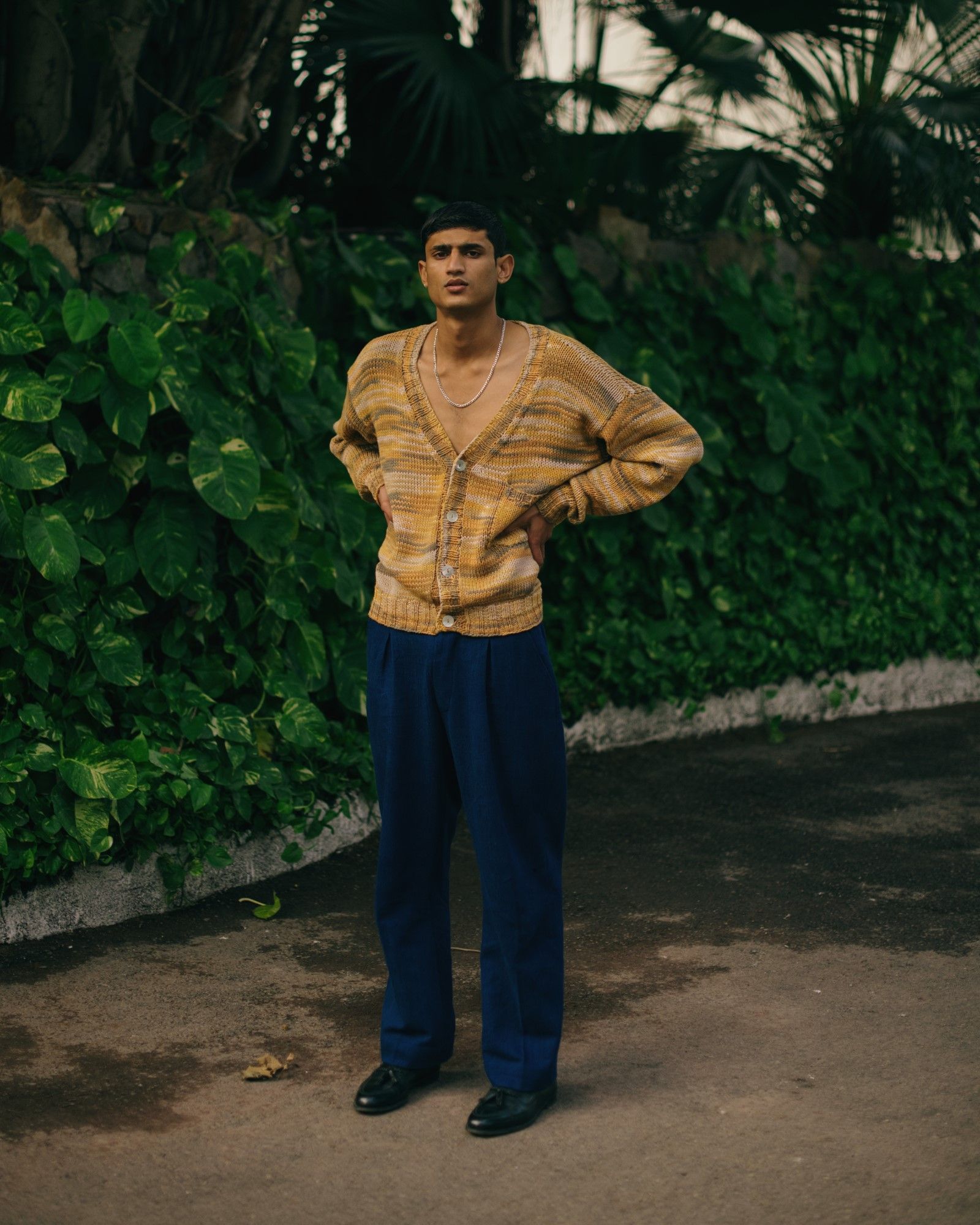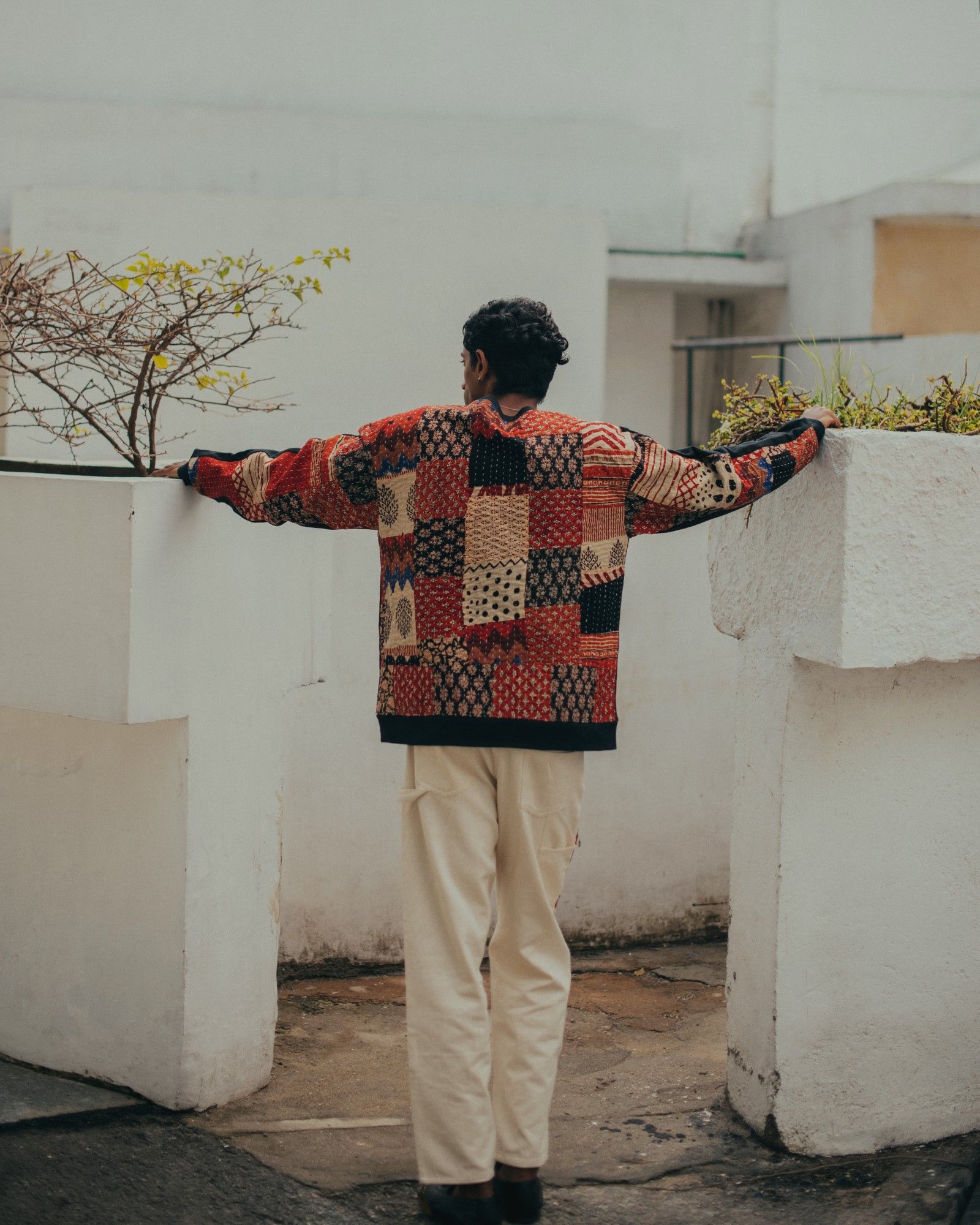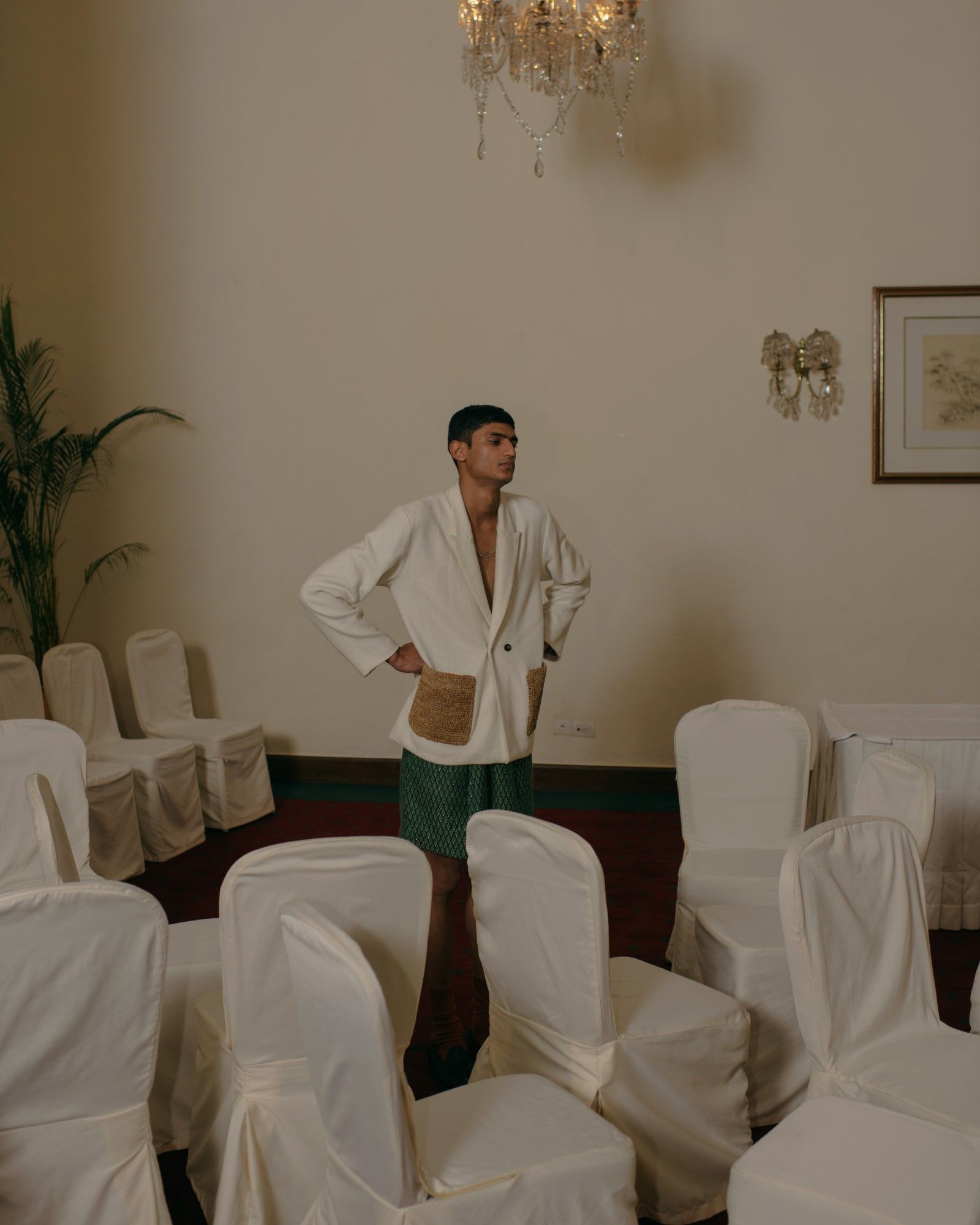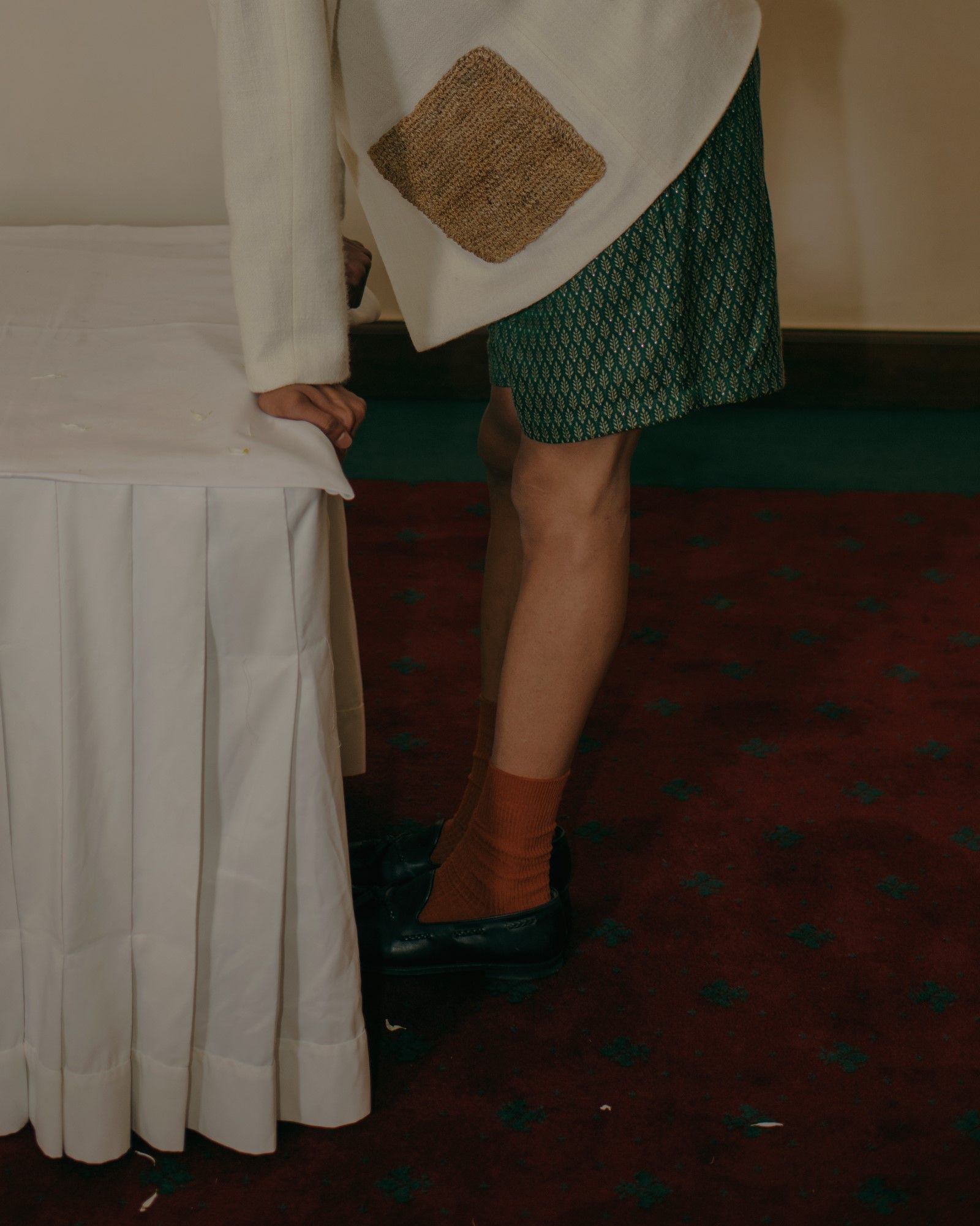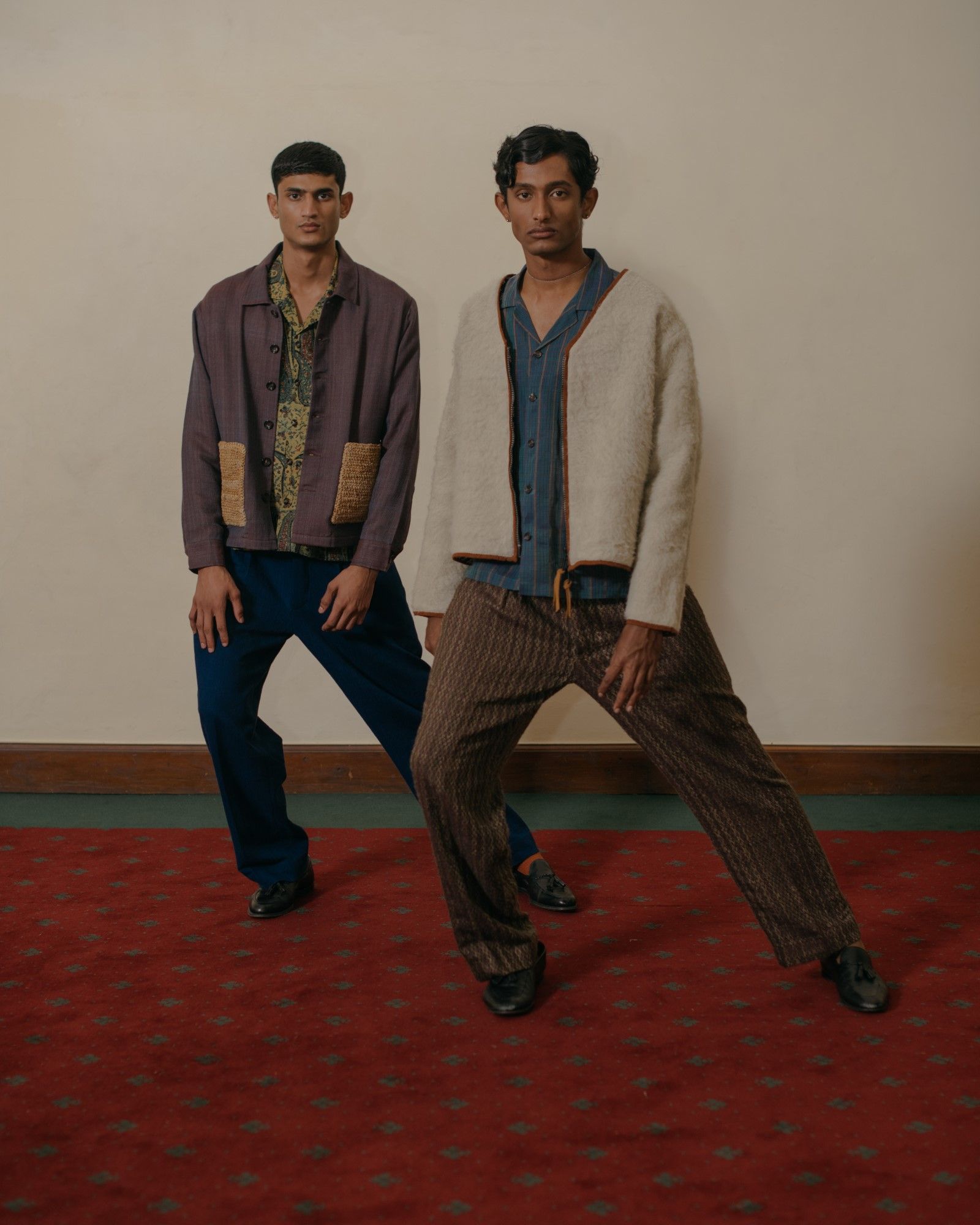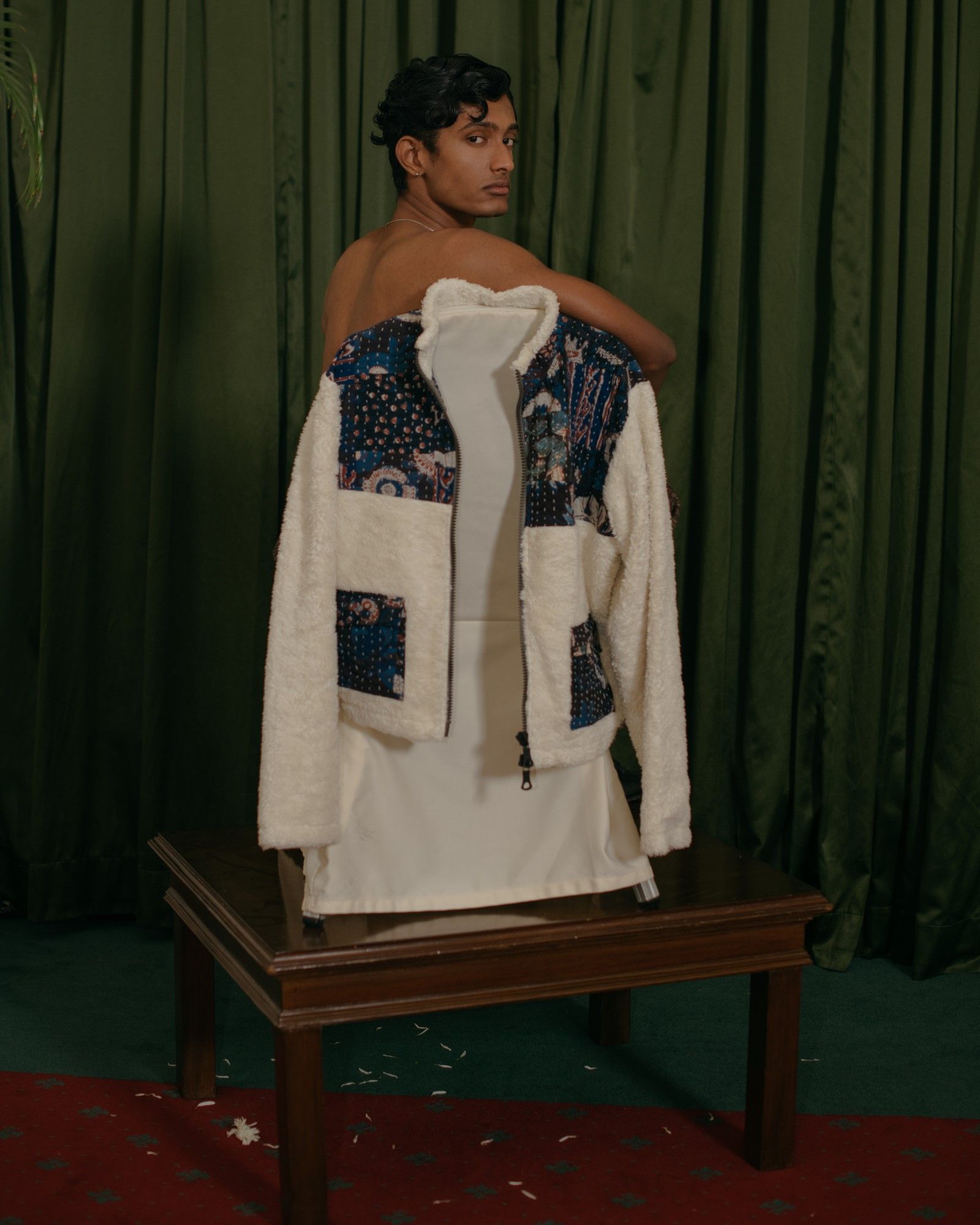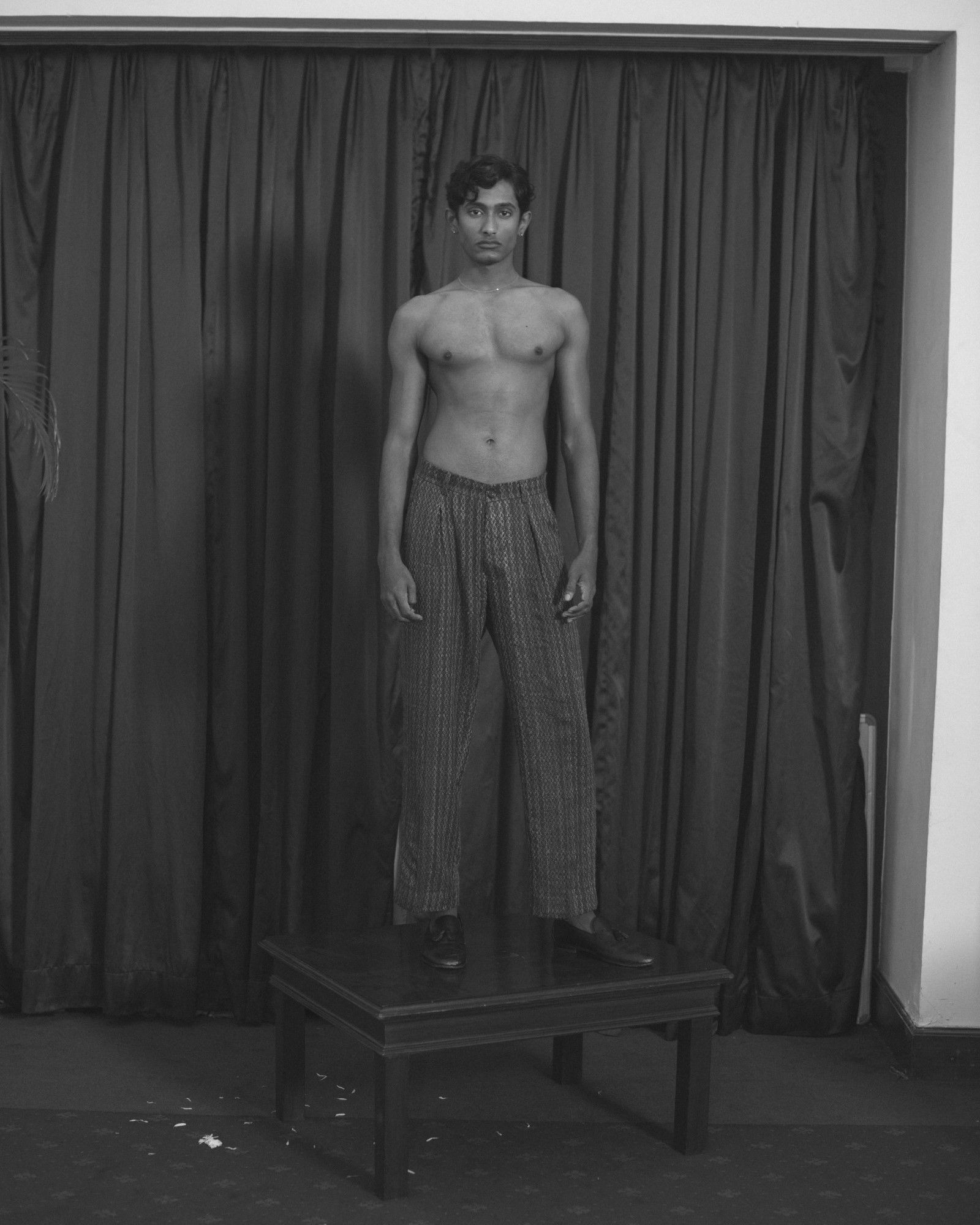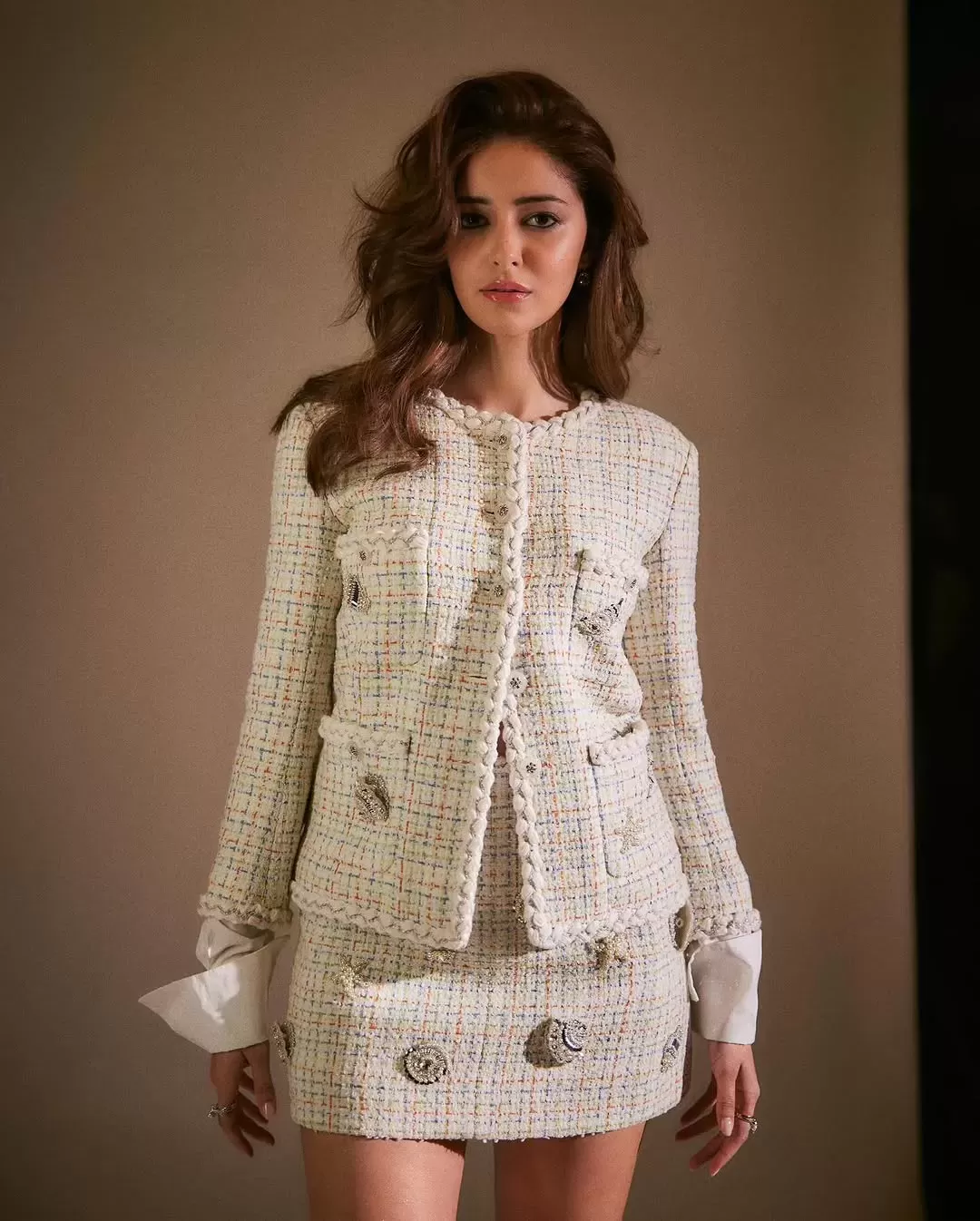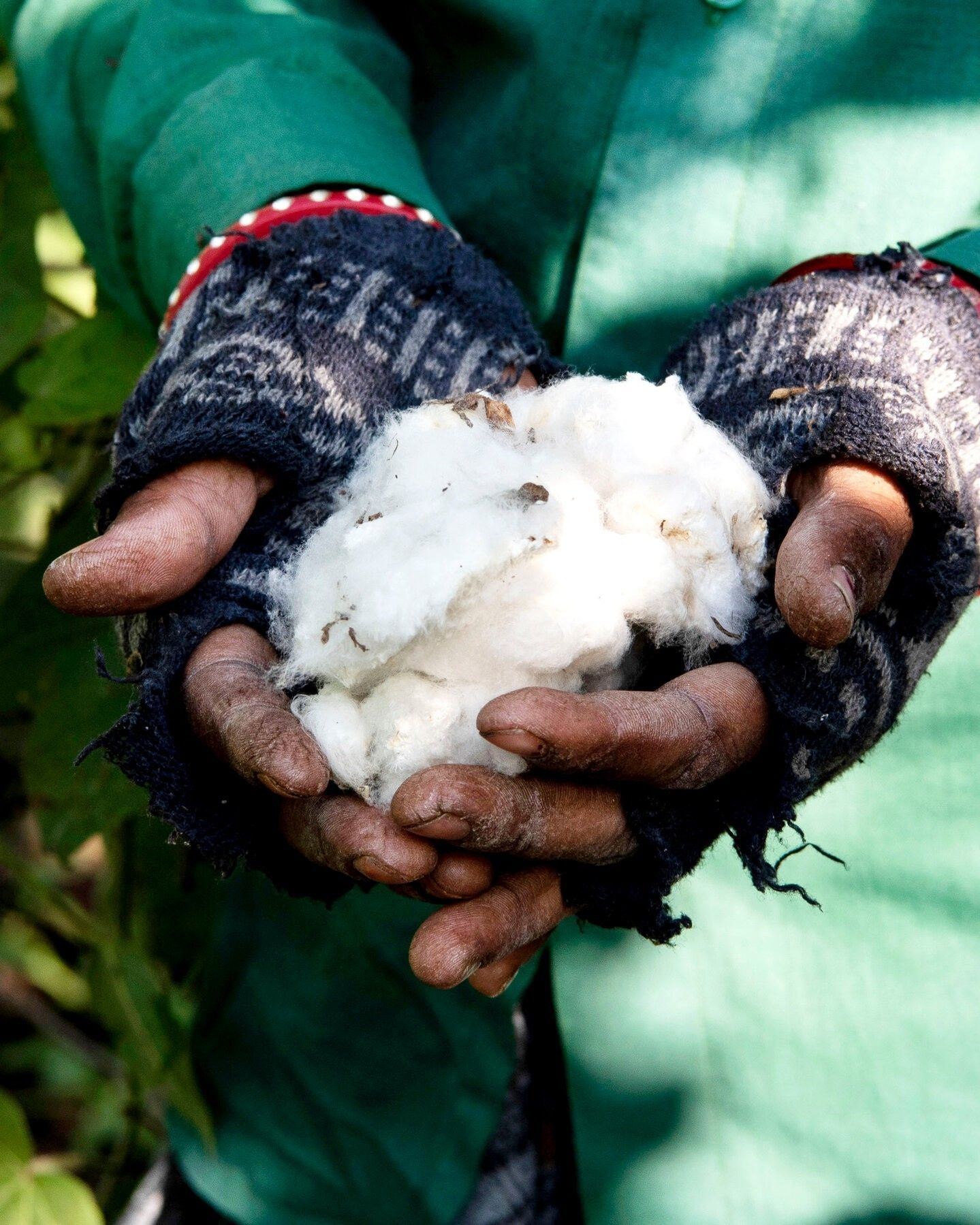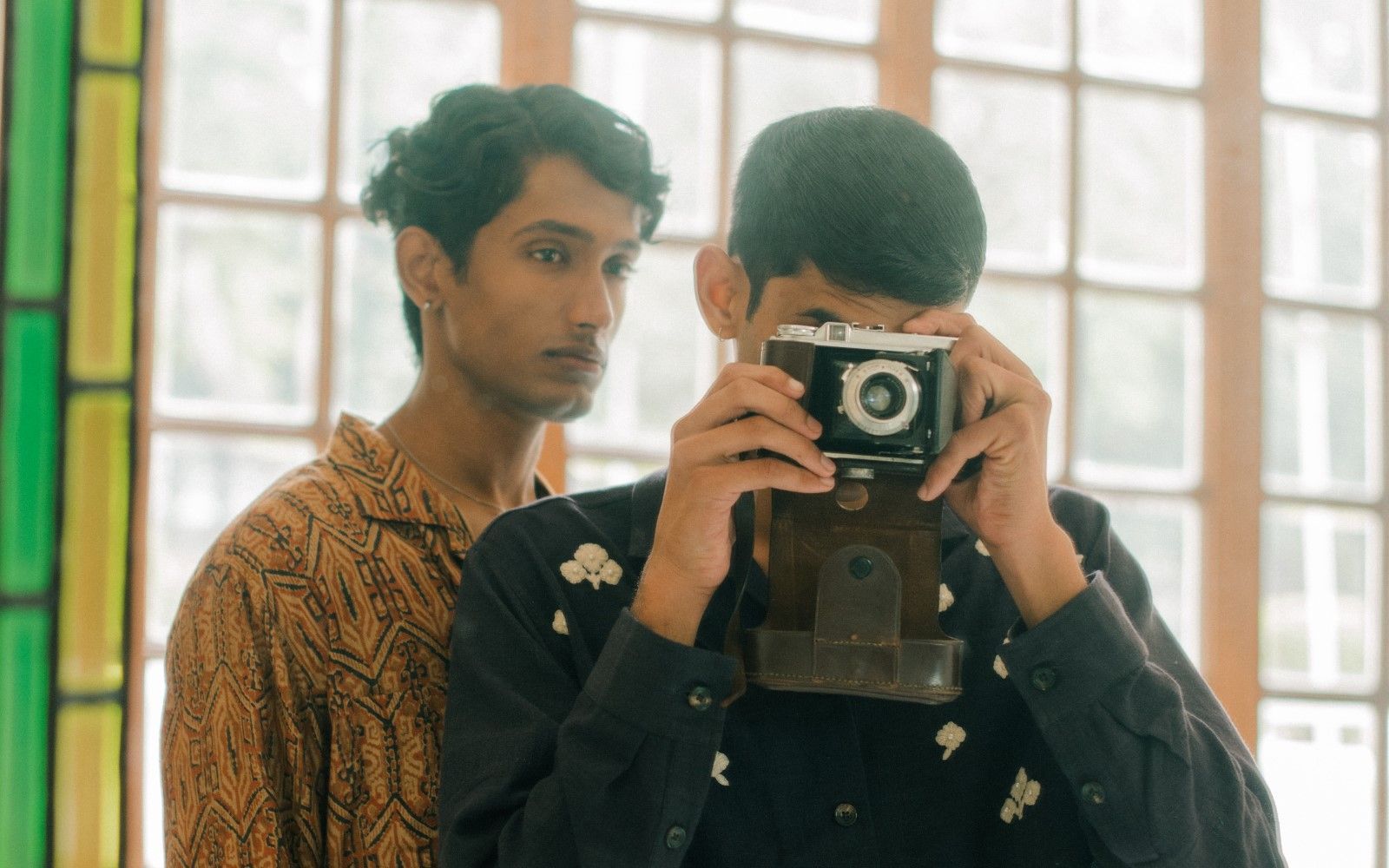
Inside Karu Research's radical craftsmanship The young brand rethinking India's textile heritage
«I was designing the Autumn/Winter collection while my older cousin's wedding was taking place», begins to tell Kartik Kumra, founder of Indian brand Karu Research, in a message sent to the editorial staff of nss magazine. «I've personally never been a fan of the overly embellished traditional Indian wedding wear so sought to explore the idea of ornamentation through the lens of the artisanal communities that we work with». Karu Research is, indeed, a young brand, but its working methodology is such a refreshing novelty in the fashion industry that, practically within a year of its founding, the brand has arrived on the shelves of major international fashion retailers, from SSENSE to Selfridges and here in Italy at 10 Corso Como, as well as in the wardrobes of Kendrick Lamar, Amine, Leon Bridges, and Joe Jonas. «The premise behind the brand is to work with the true masters of the Indian handicraft sector to recontextualize my country's rich cultural heritage», Kumra explains. «Over the course of the last year and a half, we've established relationships with a network of fifty artisans around the country, each specializing in a unique weaving, dyeing or embroidery technique. The brand's values are to focus on the preservation of domestic handicraft through collaborating with craftspersons».
With an aesthetic reminiscent of Bode or Kapital in its insistence on the handcrafted construction of garments, the exuberance of colors, and the natural softness of fits, an important concept for the brand's collections is to redefine the sense of luxury fashion for Western customers. One example Kumra gives is the banana fiber pockets that decorate many of its blazers. «We started working with a basket weaving sector in Karnataka to create banana fibre crochet pockets for some of the outerwear. Within the village, they use the same banana fibre weave to create jewelry for special occasions. […] For many of the artisanal communities that we work with, the aspirational forms of luxury may be banana fibre jewelry or intricately embroidered kantha textiles and the collection asks the question of why our general perception of aspirational goods refers to the Western ideals and not an intricate handmade textile». This is an interesting point that Kumra emphasizes-especially considering how, in Europe or America, noble yarns such as wool or cashmere are now ultra-diffuse and how, therefore, the luxury of a garment lies in its material construction, precious as it is unique, handcrafted.
An important side effect of Karu Research's ultra-crafted production philosophy is also its sustainability. And it is not a matter of greenwashing: fabrics and prints are created by hand, always dyed with natural pigments following the Indian textile tradition that is one of the oldest and most sophisticated in the world. The result is stunning. « All the woven fabrics for this season have been made on handloom, so there has been no electricity used in the production and all the shirting uses natural dyes», explains Kumra. The prints of those same shirts, then, were made in collaboration with a Ajrakh printer - a technique that involves the use of carved wooden blocks. «He uses natural dyes and produces in extremely small quantities. It took me six months to convince him to work with me to develop the prints for the silk shirts for this collection». The last few years have seen a strong rise of brands, such as Karu Research, that focus totally on the product and press the accelerator on a different kind of artisanal savoir-faire - luxury customers seem to appreciate them, following the reaction of a portion of today's fashion lovers who, disappointed by the hyper-commerciality of big brands, are taking refuge in the still pristine spaces of artisanal brands. The future of luxury, after all, is handmade.









































